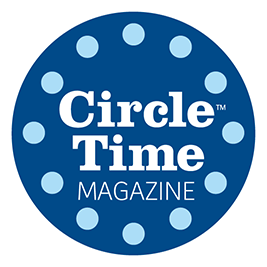Positive Behavior Support, Episode 2 Knowledge Check

Circle Time Magazine Season 2, Episode 2 Knowledge Check

Circle Time Magazine Season 2, Episode 2 Knowledge Check
Knowledge Check Answer Key (Questions 1 – 10)
Thank you for completing the Knowledge Check questions. An answer key to these questions is listed below.
Question 1: All behaviors have a form and a function. The form is:
Question 2: All behaviors have a form and a function. The function is:
Question 3: Examples of the function of behavior include: (Select all that apply.)
Question 4: Behavior is a form of communication.
Question 5: Positive Behavior Support focuses on noticing and stopping challenging behavior.
Question 6: Positive Behavior Support does the following: (Select all that apply.)
Question 7: According to the American Academy of Pediatrics, it's perfectly normal for a preschooler's frustration or anger to manifest as physical conflict. When caregivers correct this ordinary behavior in a way that promotes empathy, it's a healthy part of a child's social development.
Question 8: When is the best time to teach a child how to handle their challenging behavior?
Question 9: We want the classroom environment to help tell children what to do and where to go. Jordan shared strategies to define a classroom environment so that it can help us be proactive about behaviors. Which strategies did Jordan share? (Select all that apply.)
Question 10: Most of the work on addressing challenging behaviors starts in the prevention phase. Which of the following are prevention strategies that may preempt challenging behavior? (Select all that apply.)
Contact Us
Please contact us at cultiv8@uw.edu if you have questions about Circle Time Magazine. Like Cultivate Learning on Facebook and Instagram to stay connected to our latest work.
Want more of Circle Time Magazine?
We've got a whole collection of episodes for you to dive into. Check out more seasons and episodes currently available.







